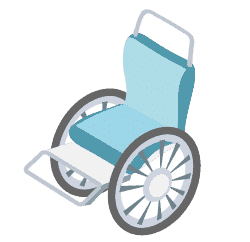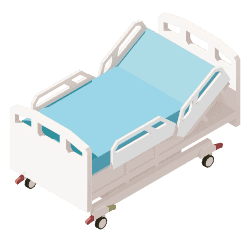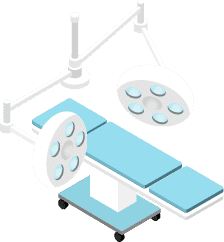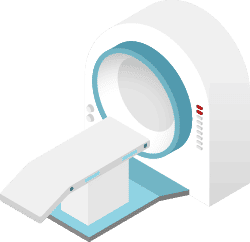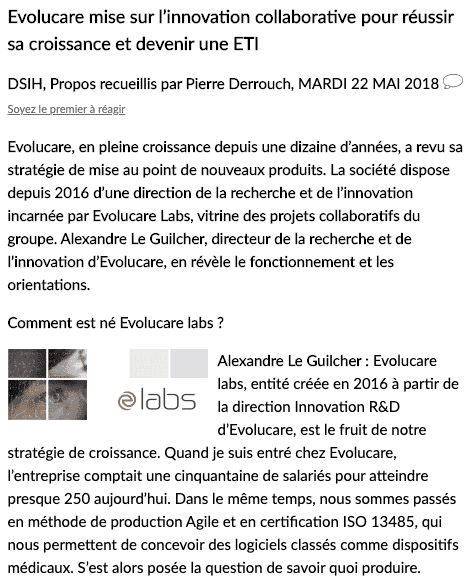Evolucare, which has been growing for ten years, has revised its strategy for developing new products. Since 2016, Evolucare Labs has been the company’s research and innovation department, showcasing the group’s collaborative projects. Alexandre Le Guilcher, Director of Research and Innovation at Evolucare, reveals how it works and its approach.
How was Evolucare Labs established?

Alexandre Le Guilcher: Evolucare Labs, an entity created in 2016 from Evolucare’s R&D Innovation Department, is a product of our growth strategy. When I joined Evolucare, the company had around fifty employees. Now it has almost 250. In that time, we switched to Agile production methods and gained ISO 13485 certification, allowing us to design software classified as medical devices. The question then arose of what to produce.
Before 2016, we realized the difficulty of managing our short term operations—that is to say, our commitments in bidding processes, meeting customer requirements or complying with regulatory changes, considering that we cover all fields of health care, including medical-social work, rehabilitation and acute care establishments—as well as our long-term vision. This was particularly so in a context in which several technologies were maturing at the same time, such as smart devices and artificial intelligence. So we foresaw the buzz of today.
In 2016, I specialized in medium-term strategy, creating the Research & Innovation division and Evolucare Labs, which I manage today.
Evolucare Labs is a modern showcase for our collaborative research strategy, aimed at transforming ideas into operational prototypes with a true long-term vision. We want to generate value by using the latest technologies to serve our offer for resolving patient issues.
How does Evolucare Labs work?
We are specialists in electronic patient records (EPRs), which is our core business, not smart devices or artificial intelligence. So it seemed to be more efficient to have partners who master these new technologies, rather than trying to do everything ourselves. To identify innovative technologies, we began to work with academic partners (universities, engineering schools and research organizations) and manufacturers.
After identifying a need arising from a medical problem, we set up a consortium of which the client is the end user, namely a hospital establishment. We operate with a co-construction approach, according to the State strategic line for innovation (investments for the future, structuring specializations, Research tax credits and Innovation tax credits).
What are you working on?
We’re working on breakthrough innovation, which includes our EPRs, to provide tools to aid decision-making, diagnosis, therapeutic strategy and, lastly, the optimization and coordination of health care based on artificial intelligence and cloud data hosting. This makes it possible, for example, to redo an HR schedule based on absences in a department or to perform screening for diabetic retinopathy from a photo of the retina. There is latent demand among health care professionals for this exam, which is increasing, while there is a decline in medical demographics. The use of digital technology is essential for the remote monitoring of patients, the organization of health care professionals and diagnostic assistance. However, we need to prove the effectiveness of these new tools, which affect the organization of the health system and its cost, and this requires clinical and medical economic studies. None of this can be done without the laboratories and hospitals that help us identify needs.
Doesn’t the specific efficiency of these tools also depend on their practicality?
Of course. That’s why our research also focuses on the ergonomics of the tools we develop. Function is fundamental, but the practicality of a solution and its acceptability shouldn’t be overlooked, especially when you’re dealing with breakthrough innovation.
In this aspect as well, we rely on help from research laboratories, psychologists and ergonomists to make our new solutions as ergonomic as possible.
It’s in Evolucare’s DNA to be a pioneer! Now we need to create awareness among opinion leaders regarding the challenges of the e-health market.
